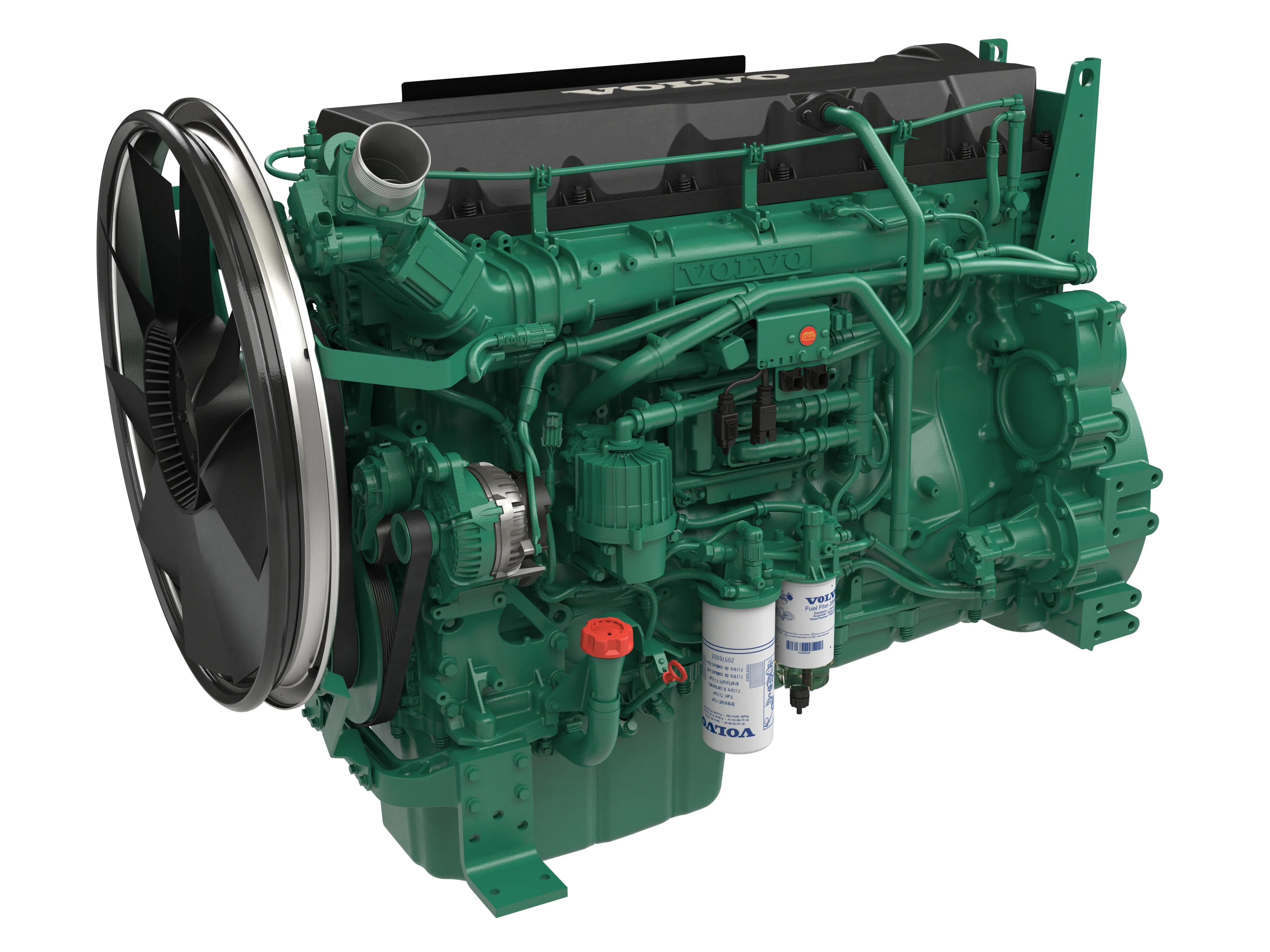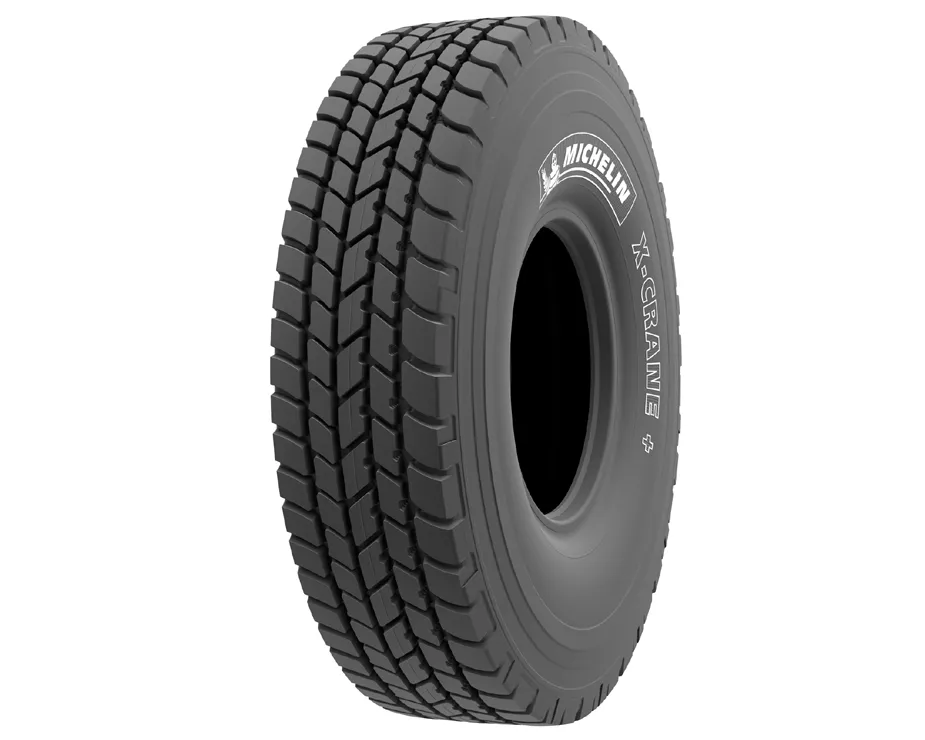Sandvik Mining is now using Volvo Penta engines in its underground trucks and loaders. The advanced engines meet Tier 4 Interim/Stage IIIB emission standards and are claimed to reduce fuel and ventilation costs in comparison with other units. The Volvo Penta engineers designed a selective catalytic reduction (SCR) unit in the exhaust system that converts NOx gas into nitrogen and water. The Volvo Penta exhaust-treatment solution also reduces DPM levels without the need for a diesel particulate filter (DPF).
January 30, 2013
Read time: 2 mins

Comparing Sandvik LH514 against a major competitor, the LH514 ventilation costs would be as much as 50% less, and fuel costs would be as much as 10% less. In addition to the reduced NOx and DPM levels, the Volvo Penta engines provide lower fuel consumption without sacrificing performance. As a result, their running cost/hour is among the lowest in the industry. The high-efficiency engines also generate less heat than higher-powered engines while doing the same amount of work. This is another critical factor for underground working, where heat generation from machines results in additional cooling to workings to ensure these remain within requirements. As the Volvo Penta Tier 4 Interim engines do not use cooled EGR, the heat rejection and radiator size is significantly reduced. This allows Sandvik to use the same radiator size as a Tier 2 engine, whereas, DPF technology requires larger radiators and improves visibility for the operator, without raising the overall height of the vehicle.
%$Linker:
%$Linker:
%$Linker:







